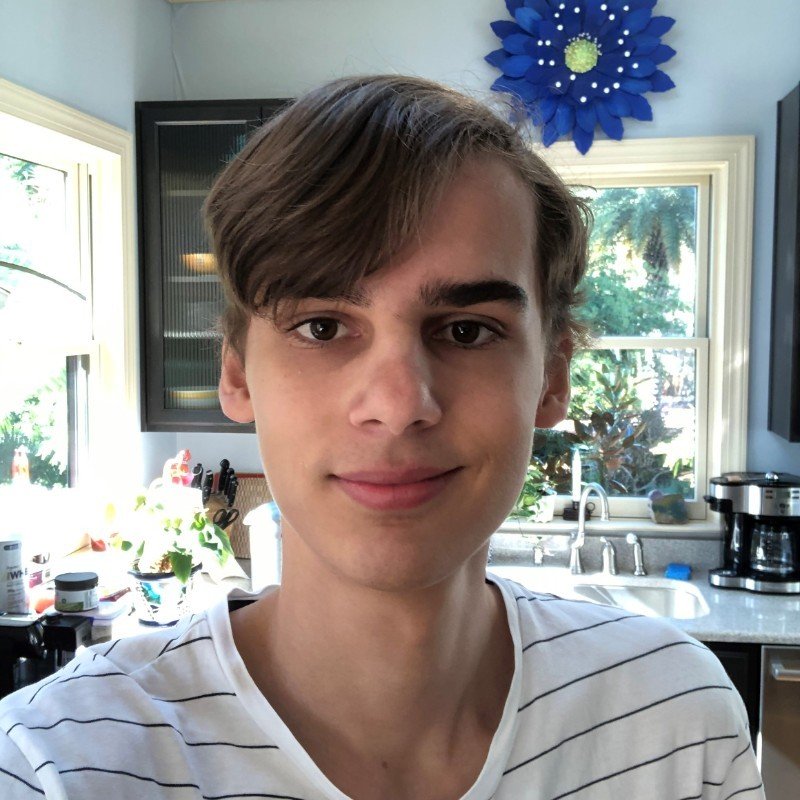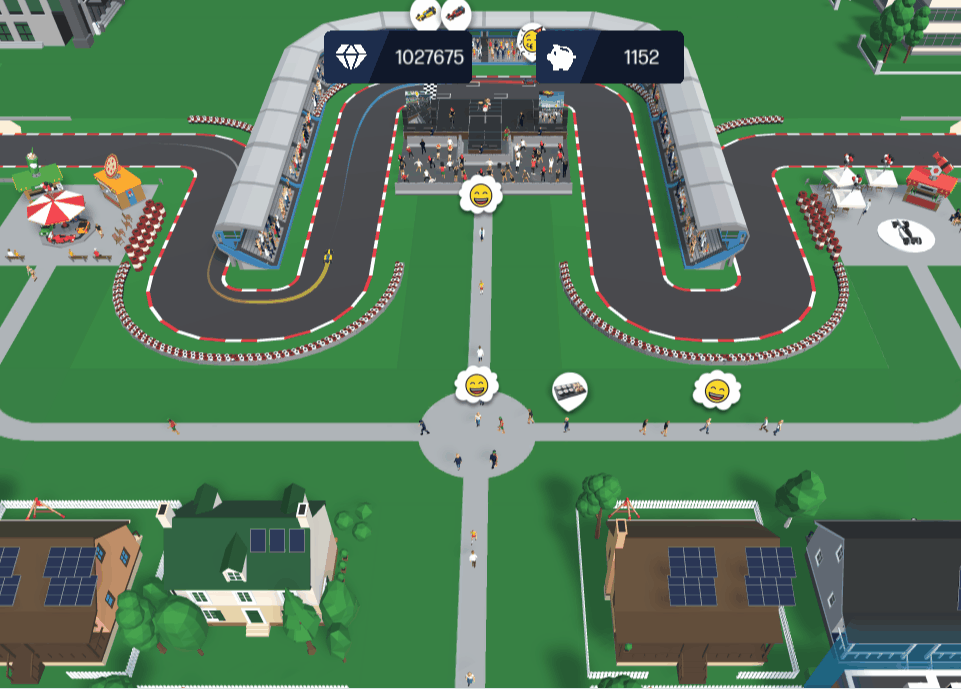Shahaan S. Umar
Game Designer
Hi, I’m Shahaan.
I’m a Game Designer with a focus on designing intuitive mechanics and cohesive systems.
I’m also a Team Lead specializing in uniting game design teams around a singular game vision.
Tools I’ve mastered
Unreal Engine
Unity
Machinations
Perforce
Adobe Suite
Figma
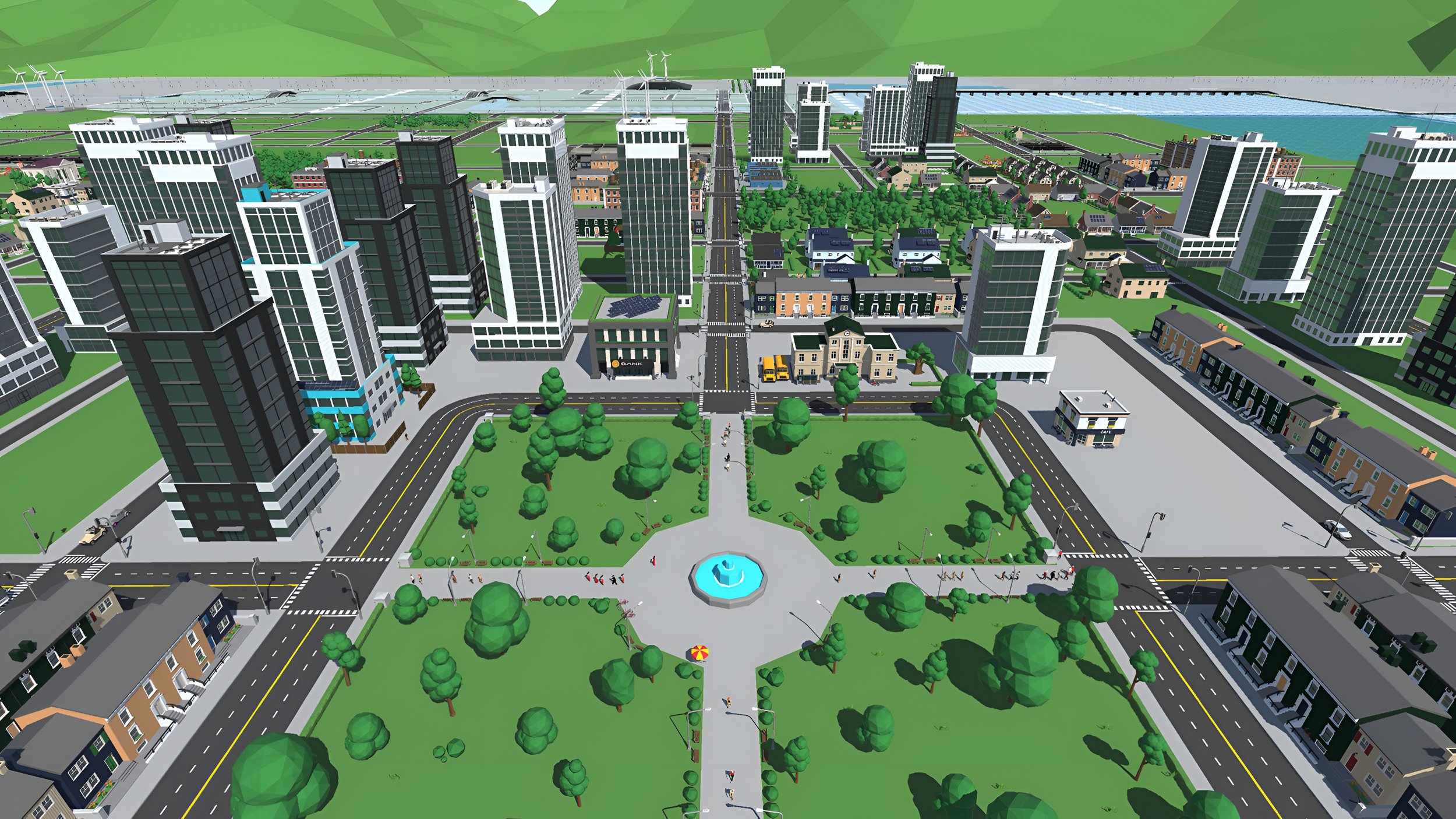
Lead Game Designer
HP® Curiocity
Working on a product deeply integrated into an enterprise presented me with several tough challenges that tested both my problem-solving skills and leadership abilities.
One challenge was that whether it was clients or players, each had their own ideas about how the game should look and function. My job was to listen, distill the core issues, and come up with design solutions that stayed true to the game's core pillars.
Additionally, as this was a live game, it was challenging to deal with the constant influx of new requests while also addressing ongoing developments. It fell upon me to allocate resources, prioritize tasks, and ensure that our efforts were aligned with the evolving needs of the game and the client.
A major issue that required a proactive approach was when we had a surplus of bugs. Despite implementing new testing routines, it became evident that a cultural shift was necessary to foster a culture of quality assurance. Recognizing this, I transformed testing from a solitary task into a collaborative endeavor. By fostering an environment where team members supported and motivated each other, we significantly improved the quality and reliability of our product.
Overall, overcoming these challenges required dedication and teamwork. By proactively and retroactively addressing each issue, we were able to deliver a product that exceeded expectations and left a lasting impression on our clients and players.
I designed a feature which allowed users to sell their land after encountering a bug that made unwanted purchases.
I designed a feature that added a racetrack, crowds, and other festivities for an F1 promotion.
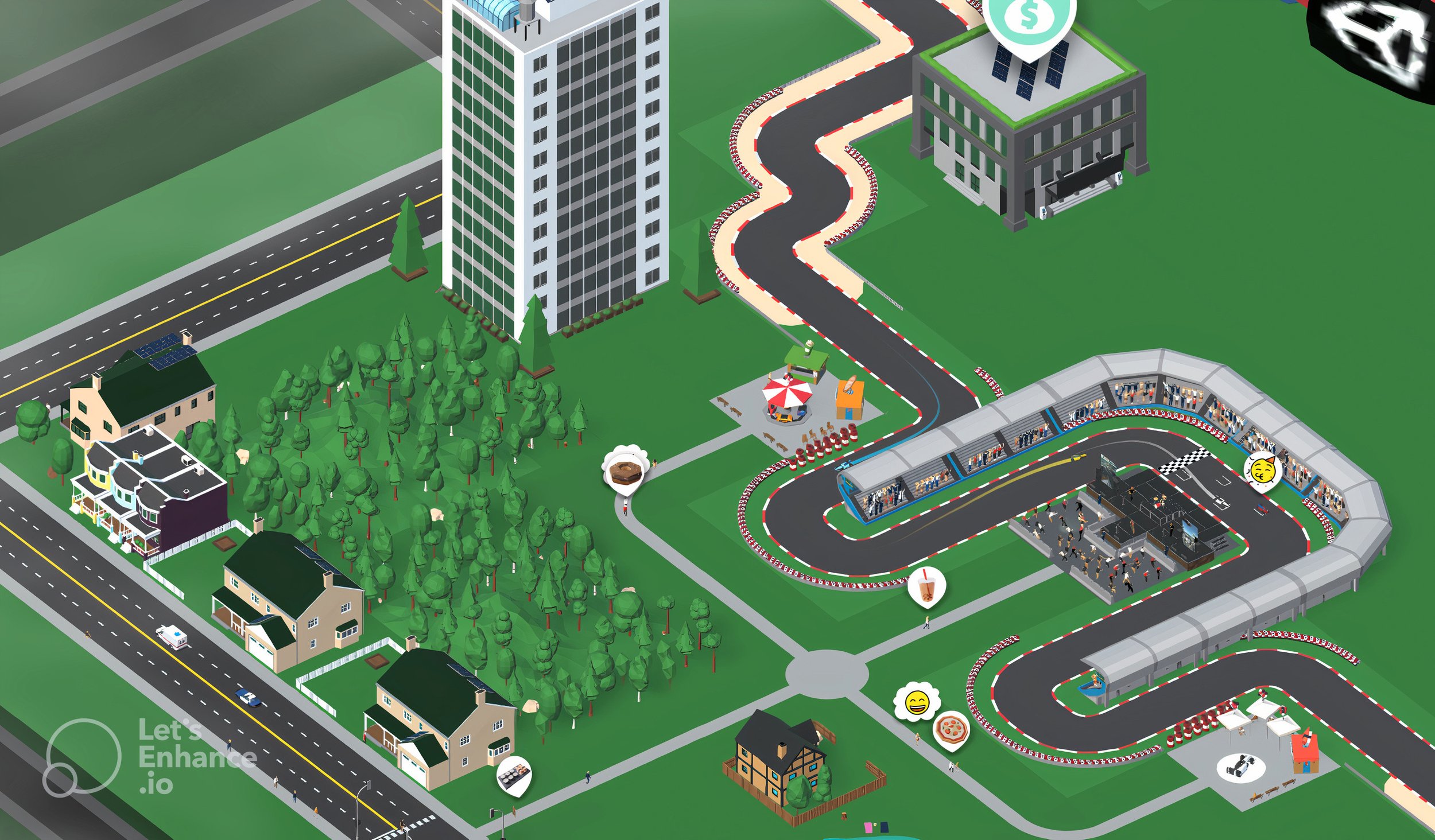
I created a brief video for HP executives, highlighting the features we had integrated into the mobile game at the time. It was my responsibility to ensure parity in functionality between the mobile and desktop versions.

Game & Level Designer
Light of the Zo-gears
The game director of Light of the Zo-gears had a vision to push the boundaries of traditional MOBA game design. This came with many challenges that I was tasked to solve, while championing the director’s vision.
One big hurdle was giving players the freedom to choose their own abilities while keeping the game fair and balanced. To solve this, I came up with a system where abilities were sorted into groups, and players could only pick one ability from each group. This stopped players from stacking powerful abilities while maintaining the pillar of player choice.
Another challenge was making sure that players could visually differentiate between different types of damage. I worked closely with artists and programmers using tools like Miro to create a clear design system that used colour and shape to differentiate between damage-types, while maintaining alignment with the game's narrative vision.
We also learned a lot by taking the game to schools for playtesting. One interesting finding was that younger players preferred using left-click to attack, rather than the industry standard right-click. This lead me to change the controls which made the game measurably more intuitive for our target audience.
In the end, my experience working on Light of the Zo-gears shows what you can achieve in game design by innovating fiercly, and tackling the challenges that come head-on. And of course, none of it would have been possible without the hard work of the team behind it.
I worked closely with the artists to create the visuals for each ability, paying close attention to colour, shape, and narrative context.
I created detailed diagrams for each ability to clearly communicate the requirements to the programming team.
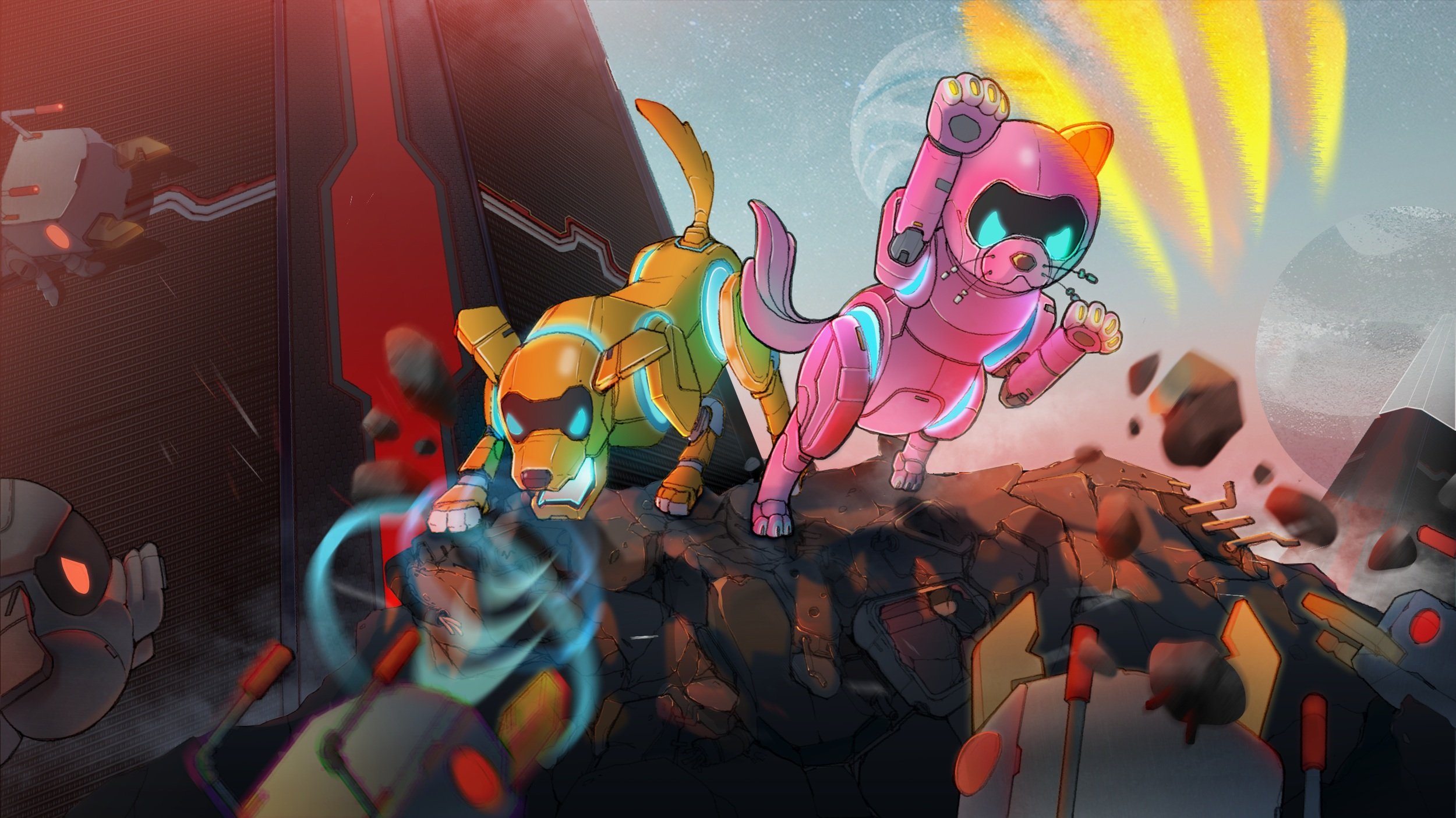
I created this level to teach players the importance of kiting, which was encouraged using an increased number enemy swarms. The player would fail unless they kited effectively. I helped players navigate the level by incorporating leading lines and colour-coded paths.

Lead Game Designer
SYLA
In my dual roles as lead game designer and studio head for SYLA, I encountered various challenges that demanded outside-the-box solutions and effective team management strategies.
One significant challenge revolved around conveying the narrative through gameplay rather than relying solely on dialogue. To address this, I opted for environmental storytelling by reworking key moments to unfold through gameplay and observation instead. For instance, we symbolized emotional turmoil by having enemies emerge from the ground when the protagonist, Syla, learns of her missing daughter.
Another challenge we faced was motivating the team, especially without monetary incentives. To address this, I devised the MAP system. This system hypothesized that Mastery, Autonomy, and Purpose serve as effective intrinsic motivators. I promoted individual Mastery by assigning tasks that facilitated learning and personal growth; I promoted Autonomy by granting team members ownership over specific features, fostering a sense of accountability and empowerment; and I promoted Purpose by aligning the team's efforts towards creating an enjoyable experience for players worldwide and sharing our stories with them.
Through effective leadership and clear communication, we overcame these challenges to deliver SYLA—a testament to the dedication and talent of the team, whose collective efforts brought our vision to life.
I designed a climbing system, a weighty locomotion system, and a fluid combat system.
I collaborated closely with the narrative designer to structure the story's beats at a pace that maintains the player's engagement.

I created this showcase video as a pitch to publishers. It includes the game trailer, as well as segments from each of our team members, including my own at the end where I explain the game’s mechanics and vision.

Game Designer
Creature Corp
While working on Creature Corp, I encountered various challenges that required innovative solutions.
One significant hurdle arose due to time constraints, which prevented us from creating a traditional tutorial for the game. To address this, I intentionally crafted the gameplay mechanics in such a way that players could understand them through observation over the course of a few turns. Additionally, I designed the user interface to provide clear feedback on the outcomes of player actions each turn.
During the development process, we encountered a critical issue with the game's win condition. In an earlier iteration, players were required to push a scale as high as possible without reaching the end, which meant that imminent failure was at risk with every move. Recognizing this flaw, I reevaluated the win-condition and ultimately redesigned it to keep the scale centered. This adjustment provided players with more lenience, as it removed the constant threat of losing.
During playtesting, we found that players misunderstood card titles, mistaking them as indicative of gameplay mechanics. Despite my attachment to the flavour text, I removed the titles in later iterations as they served no real purpose and mislead players.
These challenges and iterative improvements were crucial in refining Creature Corp into a more accessible and enjoyable gaming experience. By leveraging creative problem-solving and incorporating player feedback, we were able to deliver a very well received experience for players.
The user interface aimed to effectively communicate the gameplay mechanics, eliminating the necessity for a formal tutorial.
I designed three win conditions and only one lose condition to serve as positive motivation and encourage replayability.

Streamer and game developer, LittleDoctorGames, plays and reviews Creature Corp.
Reviews
“The gameplay is very easy to figure out after a couple rounds, which is a very good thing.”
“Respect to the game design. I had a lot of fun and excitement from the game!”
“There were no instructions, but it did not take long to learn since the game design is good.”
“I like the twist of balancing the meter rather than “killing” your opponent. Very fun game.”
“It’s a really fun and well designed game. ”
“I loved the gameplay, it’s very engaging.”








